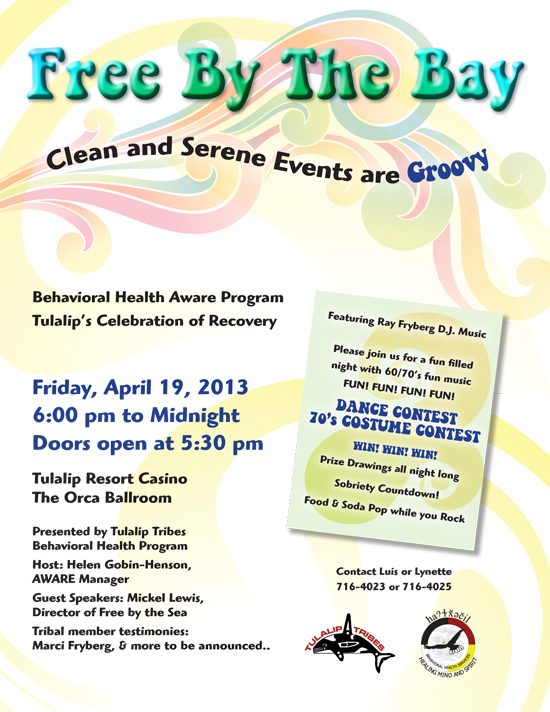By Monica Brown Tulalip News Writer
TULALIP, Wash. -The community meeting held on Tuesday April 23rd, focused on beda?chelh who brought this years and previous years statistics. The meeting gave community members the opportunity to ask questions and voice concerns about current beda?chelh policies and procedures.
Questions raised centered on how to help a child in need and what can a parent expect when they turn to beda?chelh for help.
If a child comes to you or you know of a child that is in need of help, beda?chelh prefers that you notify them first and they will review the case, investigate it and create a CPS file (Child Protective Services). If a parent recognizes that they are struggling with addiction and want help they can speak with beda?chelh and they will put the parent on a safety plan to complete, so that their child can remain with them while they are getting help for their addiction. If the risk level becomes too high, the parent will be asked to place the child under the care of a family or friend to ensure the child’s safety.
The safety plan is based on the circumstances of the situation and is initially three months, “The safety plans are time sensitive. The plan will go for three months and then they will reassess if the safety plan needs to be extended for another month or whatever is necessary to keep them from being in the system long-term,” said Jennifer Walls, Lead Case Manager at beda?chelh.
Efforts are being implemented to keep tribal children that have been placed in non-tribal homes connected with culture events. “We are pushing for more cultural activities for our youth and that includes children that are placed off the reservation in non-tribal homes,” said Lena Hammons Director of Behavior Health.
The outreach department is currently understaffed and is working towards becoming fully staffed so that they can create a staggering work schedule in order to ensure that they are able to transport children to and from meetings and cultural activities.
The current policies and procedures are being reviewed and reworked so that they are more effective and are easier for parents and guardians to navigate and aim towards healing the parents and reuniting the parent and child. Community Meetings are the 4th Tuesday every month. To view the community meeting in its entirety visit Tulalip Matters at wwww.kanutv.com. If you have something that you would like to include please call the concern line 360-716-4006.
Current statistics for Youth in Need of Care:
Child placement numbers for 2013
- 2 institutionalized
- 55 placed with non-family
- 144 placed with family
- 7 returned home
Child drug test results for 2013 through March
- 3 tested positive for marijuana or other drugs
- 2 tested positive for meth
- 4 tested negative
Reported child abuse cases for 2013, children under 10 years of age.
- 4 physical abuse reports
- 6 sexual abuse reports








